Home>Furniture & Design>Living Room Furniture>Why Won’t My Recliner Stay Reclined
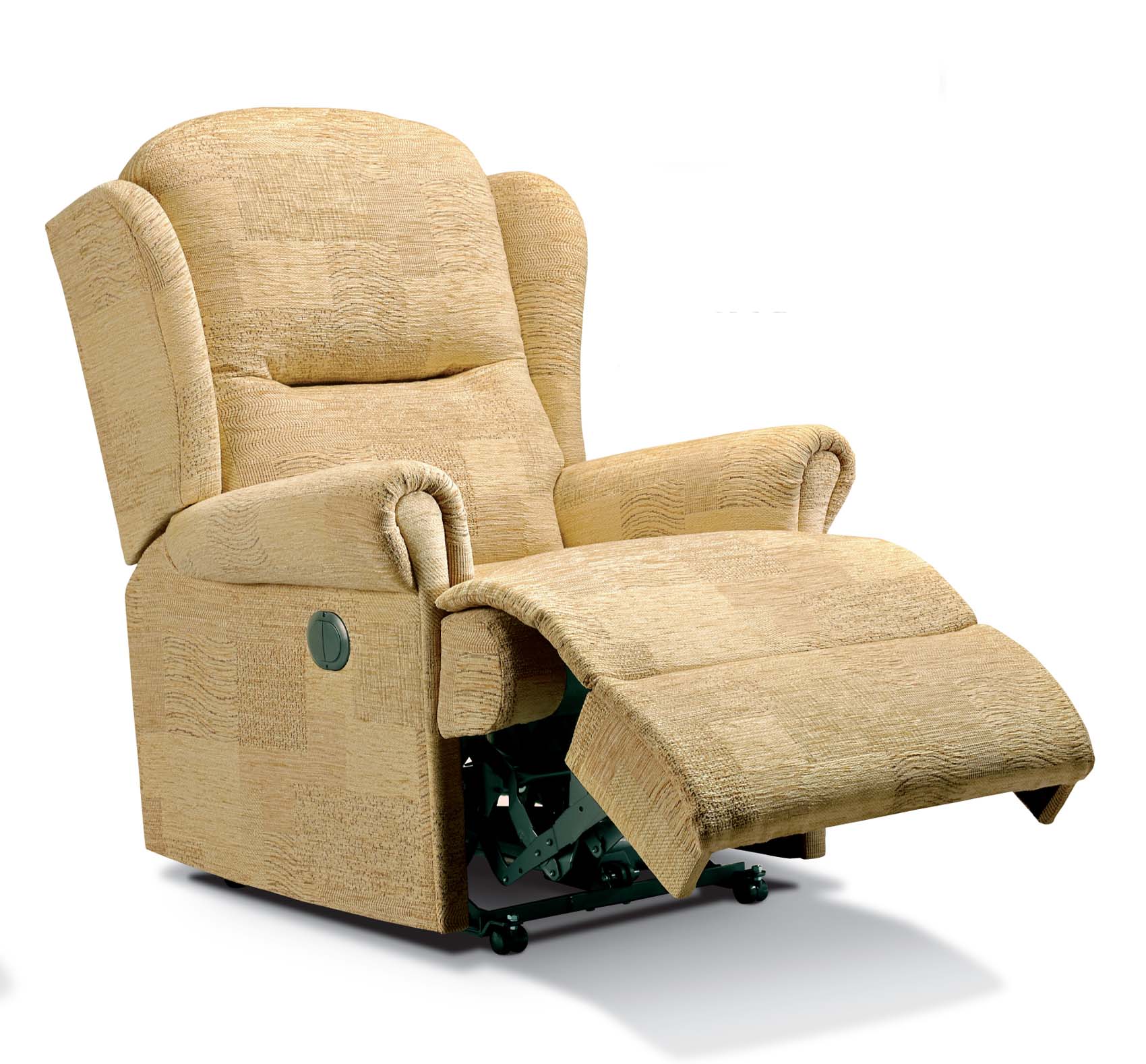

Living Room Furniture
Why Won’t My Recliner Stay Reclined
Modified: May 6, 2024
Discover the solution to your recliner problem. Find out why your recliner won't stay reclined and learn how to fix it. Explore our living room furniture and design options.
(Many of the links in this article redirect to a specific reviewed product. Your purchase of these products through affiliate links helps to generate commission for Storables.com, at no extra cost. Learn more)
Introduction
Recliners are beloved pieces of living room furniture that provide comfort and relaxation. Whether you enjoy lounging after a long day or sinking into your favorite chair to watch a movie, a recliner is a versatile and essential addition to any living room. However, it can be frustrating when your recliner won’t stay reclined, disrupting your desired level of comfort. In this article, we will explore the possible causes of this issue and provide troubleshooting tips to help you resolve it.
Key Takeaways:
- Troubleshooting common issues like worn-out mechanisms and broken springs can help your recliner stay reclined, ensuring optimal comfort and relaxation.
- Properly adjusting tension and positioning the reclining mechanism can resolve issues and restore your recliner’s functionality for a comfortable experience.
Read more: Why Wont My Washer Turn On
Possible Causes for Recliner Not Staying Reclined
There can be several reasons why your recliner is not staying reclined. Understanding these potential causes will help you identify and address the issue effectively. Here are the most common reasons why a recliner fails to stay in the reclined position:
- Worn Out or Loose Reclining Mechanism: Over time, the reclining mechanism may become worn or loose, preventing the recliner from locking into place properly. This can occur due to regular use or improper maintenance.
- Broken or Damaged Springs: The springs in your recliner are responsible for providing support and tension, ensuring that the chair stays reclined when desired. If any of the springs are broken or damaged, the recliner may not stay in the reclined position.
- Malfunctioning Locking Mechanism: The locking mechanism is designed to keep the recliner in the desired position. If this mechanism is damaged or not functioning correctly, it can cause the chair to revert to an upright position.
- Insufficient Tension in Recliner’s Backrest: The tension adjustment knob or lever on your recliner controls the resistance in the backrest. If the tension is too loose, the recliner may not stay reclined. Adjusting the tension can help resolve this issue.
- Reclining Position Adjustment Issue: Some recliners have specific settings for multiple reclining positions. If the chair is not properly adjusted to your desired position, it may not stay reclined.
Now that we have explored the potential causes for your recliner not staying reclined, let’s move on to troubleshooting tips to help you resolve this issue and regain your desired level of comfort.
Worn Out or Loose Reclining Mechanism
One of the common causes for a recliner not staying reclined is a worn-out or loose reclining mechanism. Over time, frequent use and improper maintenance can lead to this issue. The reclining mechanism consists of various components, including gears, levers, and springs, that work together to support the reclining motion of the chair.
To troubleshoot this issue, start by inspecting the reclining mechanism for any visible signs of wear or looseness. Check for loose screws or bolts and tighten them if necessary. If there are any damaged or broken components, you may need to replace them for your recliner to recline and stay in the desired position.
If your recliner has an exposed reclining mechanism, you can apply some lubricant to the moving parts to reduce friction and ensure smooth operation. However, make sure to use a lubricant specifically designed for furniture or recliners to avoid damaging the mechanism.
In some cases, the upholstery or padding of the recliner may obstruct the reclining mechanism, preventing it from fully engaging. Check if there is any fabric or padding caught in the mechanism and remove it carefully.
If you’re unsure about inspecting or repairing the reclining mechanism yourself, it’s always best to consult a professional furniture repair service. They will have the expertise and tools needed to diagnose and fix any issues with the reclining mechanism of your chair.
By addressing the worn-out or loose reclining mechanism, you can resolve the issue of your recliner not staying reclined and enjoy the full comfort and relaxation it has to offer.
Broken or Damaged Springs
Another common cause for a recliner not staying reclined is broken or damaged springs. Springs play a crucial role in providing support and tension to the recliner, allowing it to maintain the desired reclined position. Over time, springs can wear out or break due to regular use, improper weight distribution, or manufacturing defects.
To determine if broken or damaged springs are the cause of the issue, you can perform a visual inspection of the recliner. Look for any visible signs of sagging or unevenness in the seat or backrest. You may also hear creaking or popping sounds when reclining, indicating that the springs are not properly supporting the weight of the chair.
If you have identified broken or damaged springs, you will need to replace them to restore the functionality of your recliner. Replacement springs can be purchased from furniture supply stores or online retailers. It is important to choose springs that are compatible with your specific recliner model to ensure a proper fit and function.
Replacing springs in a recliner can be a complex task and may require some knowledge of furniture repair. If you are not comfortable with DIY repairs, it is recommended to seek the assistance of a professional furniture repair service. They will have the expertise and tools necessary to safely replace the broken or damaged springs and ensure the recliner stays in the reclined position.
By addressing the issue of broken or damaged springs, you can restore the proper support and tension in your recliner, allowing it to stay reclined and providing you with the desired level of comfort.
Malfunctioning Locking Mechanism
A malfunctioning locking mechanism is another potential cause for your recliner not staying reclined. The locking mechanism is responsible for keeping the recliner in the desired position by securing the backrest and footrest in place. If this mechanism is damaged or not functioning correctly, the recliner may automatically revert to an upright position or fail to lock in the reclined position.
To troubleshoot this issue, start by inspecting the locking mechanism for any visible signs of damage or misalignment. Check if any components are broken, bent, or missing. If you notice any issues, it may be necessary to repair or replace the locking mechanism.
Sometimes, a malfunctioning locking mechanism can be fixed by simply tightening any loose screws or bolts. Carefully examine the locking mechanism and tighten any loose connections. However, be cautious not to overtighten, as this can cause further damage.
If tightening the screws does not resolve the issue, you may need to replace the locking mechanism altogether. Consult the manufacturer’s instructions or contact their customer support for guidance on obtaining a replacement locking mechanism that is compatible with your recliner model.
It is worth noting that some recliners feature adjustable tension settings for the locking mechanism. If your recliner has this feature, check if the tension adjustment knob or lever is properly adjusted. Experiment with different tension levels to find the setting that allows the recliner to stay in the reclined position without being too rigid or loose.
If you are unsure about how to repair or replace the locking mechanism, it is best to consult a professional furniture repair service. They will have the expertise and tools required to diagnose and fix any issues with the locking mechanism, ensuring that your recliner stays reclined securely.
By addressing a malfunctioning locking mechanism, you can enjoy the comfort of your recliner in the reclined position without any interruptions or concerns of it automatically reverting to an upright position.
Read more: Why Wont My GE Washer Spin
Insufficient Tension in Recliner’s Backrest
If your recliner is not staying reclined, it could be due to insufficient tension in the backrest. The tension adjustment feature allows you to control the resistance or tightness of the recliner’s backrest, ensuring that it stays reclined at the desired angle.
To troubleshoot this issue, start by locating the tension adjustment knob or lever on your recliner. It is usually located on the side or back of the recliner near the seat cushion. Adjust the tension by turning the knob or operating the lever according to the manufacturer’s instructions.
If you find the tension is too loose, turn the knob or lever clockwise to increase the tension. Conversely, if the tension is too tight, turn it counterclockwise to decrease the tension. Experiment with different tension levels to find the setting that allows the backrest to recline and stay in place without being too rigid or too loose.
It’s important to note that some recliners have a tension adjustment mechanism that requires a special tool or key to adjust the tension. If this is the case for your recliner, refer to the manufacturer’s instructions or contact their customer support for guidance on adjusting the tension properly.
If you have adjusted the tension to the appropriate level but the recliner still won’t stay reclined, there may be an issue with the tension adjustment mechanism itself. In this case, it is recommended to consult a professional furniture repair service. They will have the expertise to diagnose and fix any issues with the tension adjustment mechanism, ensuring that your recliner remains reclined as desired.
By properly adjusting the tension in the recliner’s backrest, you can ensure that it stays reclined at the desired angle, allowing you to enjoy optimal comfort and relaxation.
Reclining Position Adjustment Issue
Sometimes, the reason why your recliner won’t stay reclined is simply a matter of improper adjustment of the reclining positions. Many recliners offer multiple reclining positions to cater to different comfort preferences. However, if the chair is not properly adjusted to your desired reclining position, it may not stay reclined as you expect.
To address this issue, start by familiarizing yourself with the reclining mechanism of your chair. Locate the adjustment lever or buttons that control the reclining positions. Refer to the manufacturer’s instructions to understand the specific adjustments available for your recliner model.
Experiment with different reclining positions to find the one that offers the desired level of comfort and reclining angle. Make sure to fully engage the reclining mechanism to lock the chair in place once you have found the desired position. Some recliners feature a locking system that can be engaged by pushing the chair back or activating a lever or button.
If you are unsure about how to properly adjust the reclining positions of your chair, consult the manufacturer’s instructions or contact their customer support for assistance. They can provide you with guidance on adjusting the recliner to ensure it stays reclined in the desired position.
Additionally, take note of any specific weight or height requirements for maintaining the reclined position. Some recliners may have limitations based on the user’s weight or height, and exceeding these limits can cause the chair to revert to an upright position.
If you have tried adjusting the reclining positions and engaging the locking mechanism correctly, but the recliner still won’t stay reclined, there may be an underlying issue with the reclining mechanism itself. In such cases, it is best to consult a professional furniture repair service to diagnose and address any mechanical problems.
By ensuring proper adjustment of the reclining positions, you can enjoy the full functionality of your recliner and recline comfortably without any issues.
Check the recliner’s tension springs and adjust them if necessary. Over time, these springs can become loose, causing the recliner to not stay in the reclined position.
Troubleshooting Tips for Recliner That Won’t Stay Reclined
If your recliner is not staying reclined despite addressing the possible causes mentioned earlier, here are some additional troubleshooting tips to help you resolve the issue:
- 1. Check and Tighten Reclining Mechanism: Inspect the reclining mechanism for any loose screws or bolts. Tighten them if necessary to ensure that the mechanism is securely fastened and can hold the reclined position effectively.
- 2. Examine and Replace Broken Springs: If you suspect that the springs in your recliner are broken or damaged, consider replacing them with new ones. Purchase replacement springs that are compatible with your recliner model from reputable furniture supply stores.
- 3. Fix or Replace Faulty Locking Mechanism: If the recliner’s locking mechanism is not functioning correctly, repair or replace it to ensure that the chair can stay reclined when desired. Consult the manufacturer’s instructions or seek professional assistance if needed.
- 4. Adjusting Tension in the Recliner’s Backrest: Properly adjust the tension in the recliner’s backrest using the tension adjustment knob or lever. Fine-tune the tension to find the optimal setting that allows the backrest to recline and stay in place comfortably.
- 5. Properly Position the Reclining Mechanism: Ensure that you have properly adjusted the reclining positions of your chair and engaged the locking mechanism. Follow the manufacturer’s instructions to set the recliner to your desired position for optimal comfort and stability.
Remember, if you are uncertain or uncomfortable with performing any repairs or adjustments yourself, it is always best to consult a professional furniture repair service. They have the expertise and knowledge to diagnose and fix any issues with your recliner, ensuring that it stays reclined as desired.
By following these troubleshooting tips, you can identify and resolve the underlying causes behind a recliner that won’t stay reclined, restoring its functionality and providing you with the comfort and relaxation you deserve.
Check and Tighten Reclining Mechanism
If your recliner is not staying reclined, the first troubleshooting tip is to check and tighten the reclining mechanism. Over time, regular use can cause screws and bolts in the mechanism to become loose, resulting in the recliner not staying in the desired position.
Start by visually inspecting the reclining mechanism for any visible signs of looseness or wobbling. Look closely at the screws and bolts that hold the mechanism together. If you notice any components that seem unstable or if the screws and bolts appear loose, it’s important to tighten them securely.
To tighten the reclining mechanism, you will need a screwdriver or an appropriate tool, depending on the type of fasteners used. Carefully tighten all the screws and bolts, making sure not to overtighten, as that can cause damage. It’s a good idea to go through each screw and bolt, ensuring they are all tightened properly.
In addition to tightening the existing screws and bolts, you can also consider adding additional support by inserting pieces of wood or shims between loose parts. This can help stabilize the reclining mechanism and prevent excessive movement.
As you tighten the reclining mechanism, test the recliner in different positions to ensure that it stays reclined as intended. Pay attention to any abnormal movements or sounds that could indicate further issues with the mechanism.
If you find that tightening the screws and bolts does not resolve the problem, it is possible that some components may be worn out or damaged. In such cases, it is recommended to consult a professional furniture repair service to inspect and repair the reclining mechanism properly.
By checking and tightening the reclining mechanism, you can ensure that the various components of your recliner are secure, allowing the chair to stay reclined and providing you with the desired level of comfort and relaxation.
Read more: Why Wont My Dishwasher Turn On
Examine and Replace Broken Springs
If your recliner is not staying reclined, it is possible that the springs inside the chair are broken or damaged. Springs play a crucial role in providing support and tension, allowing the recliner to maintain the desired reclined position. Over time, springs can wear out or break due to regular use, improper weight distribution, or manufacturing defects.
To examine the springs in your recliner, start by visually inspecting the seat and backrest for any signs of sagging or unevenness. Sit in the chair and pay attention to how it feels and whether you can feel any noticeable differences in support.
If you suspect that the springs are broken or damaged, it may be necessary to replace them. Replacement springs can typically be purchased from furniture supply stores or online retailers. Look for springs that are specifically designed for your recliner model to ensure proper compatibility.
Replacing the springs in your recliner is a delicate process that generally requires some knowledge of furniture repair. If you feel comfortable with DIY repairs, you can refer to online tutorials or guides for step-by-step instructions on replacing the springs. However, it is important to exercise caution and follow safety guidelines to avoid any injuries.
If you are unsure about how to replace the springs or if you prefer professional assistance, it is recommended to consult a furniture repair service. They have the expertise and tools necessary to properly examine the springs and replace them if needed. They can also ensure that the replacement springs are installed correctly for optimal functionality.
By examining and replacing broken or damaged springs, you can restore the proper support and tension in your recliner. This will allow the chair to stay reclined as desired, providing you with the comfort and relaxation you expect from your recliner.
Fix or Replace Faulty Locking Mechanism
If your recliner is not staying reclined, a faulty locking mechanism could be the culprit. The locking mechanism is responsible for keeping the recliner in the desired position by securing the backrest and footrest. If this mechanism is damaged or not functioning correctly, the chair may not stay reclined or may revert to an upright position unintentionally.
To determine if the locking mechanism is faulty, start by examining the recliner for any visible signs of damage or misalignment. Look for broken or bent components, missing parts, or any signs of wear and tear. If you identify any issues, it may be necessary to repair or replace the locking mechanism.
Before attempting any repairs, consult the manufacturer’s instructions or contact their customer support for guidance. They can provide specific instructions or recommend authorized repair professionals who are familiar with your recliner model.
If you feel comfortable with DIY repairs, you can attempt to fix the faulty locking mechanism yourself. This may involve tightening screws, realigning components, or lubricating moving parts. However, be cautious and refer to the manufacturer’s instructions to ensure you don’t cause further damage.
In some cases, the locking mechanism may need to be replaced entirely. If you have identified significant damage or if the mechanism cannot be repaired, replacing it may be the best option. Contact the manufacturer or a professional furniture repair service to obtain a replacement locking mechanism that is compatible with your recliner model.
If you are unsure about how to fix or replace the locking mechanism, it is recommended to seek the assistance of a professional furniture repair service. They have the expertise and experience to diagnose issues with the locking mechanism and ensure that it is properly repaired or replaced.
By fixing or replacing the faulty locking mechanism, you can ensure that your recliner stays reclined securely, allowing you to enjoy the desired level of comfort and relaxation without any unexpected reversion to an upright position.
Adjusting Tension in the Recliner’s Backrest
If your recliner is not staying reclined, it’s possible that the tension in the backrest is not adjusted properly. The tension adjustment feature allows you to control the resistance or tightness of the recliner’s backrest, ensuring that it stays reclined at the desired angle without slipping back to an upright position.
To adjust the tension in the recliner’s backrest, start by locating the tension adjustment knob or lever. This is typically located on the side or back of the recliner, near the seat cushion. Consult your recliner’s user manual or manufacturer’s instructions for specific guidance on finding and adjusting the tension.
Once you have located the tension adjustment mechanism, experiment with different tension settings to find the one that provides the desired level of resistance. Turn the tension adjustment knob clockwise to increase the tension, or counterclockwise to decrease it. Take note of how the backrest responds to each adjustment and make incremental changes until you achieve the desired level of tension.
It’s important not to overtighten the tension, as this can strain the recliner’s mechanism or make it difficult to recline. Striking the right balance is crucial to ensure optimal comfort and support.
In some recliners, you may need a specific tool or key to adjust the tension. If this is the case, refer to the manufacturer’s instructions or contact their customer support for assistance on how to access and adjust the tension properly.
Once you have adjusted the tension to your preference, test the recliner by reclining it and checking if it stays in the desired position without slipping. If needed, make further adjustments until you achieve the perfect balance of tension and comfort.
If adjusting the tension does not solve the problem, there may be an underlying issue with the recliner’s mechanism. In such cases, it is recommended to consult a professional furniture repair service for further diagnosis and resolution.
By properly adjusting the tension in the recliner’s backrest, you can ensure that it stays reclined at the desired angle, providing you with optimal comfort and support for relaxation.
Properly Position the Reclining Mechanism
If your recliner is not staying reclined, it’s possible that the issue could be related to the positioning of the reclining mechanism. Properly positioning the reclining mechanism is important to ensure that it engages and locks the chair in the desired reclined position securely.
Start by familiarizing yourself with the operation of the reclining mechanism. Reference the manufacturer’s instructions or user manual to understand the specific adjustments and mechanisms your recliner model offers.
To properly position the reclining mechanism, follow these steps:
- Ensure that the footrest is fully retracted before attempting to recline the chair. This will allow the reclining mechanism to engage properly.
- Push or pull the reclining lever or button on the side of the recliner to activate the mechanism. Apply steady pressure and make sure the backrest starts to recline smoothly.
- Allow the backrest to recline to the desired angle while keeping the lever or button engaged. Once in the desired position, release the lever or button to lock the backrest in place.
- Verify that the footrest is also in the correct position, extending fully to support your legs comfortably.
It’s important to engage the reclining mechanism fully to ensure that it properly locks the backrest in place. If the mechanism does not fully engage, the backrest may not stay reclined or may revert to an upright position unintentionally.
If you find that the reclining mechanism is not engaging or locking properly, double-check that there are no obstructions blocking the path of the mechanism, such as loose fabric or debris. Clear any potential obstacles carefully to ensure a smooth operation.
If you have followed the proper positioning steps and the recliner still won’t stay reclined, there may be an underlying issue with the mechanism itself. In this case, it’s recommended to consult a professional furniture repair service to diagnose and resolve the problem.
By properly positioning the reclining mechanism, you can ensure that your recliner stays reclined securely, providing you with the comfort and relaxation you desire.
Read more: Why Wont My Toilet Unclog
Conclusion
A recliner is a beloved piece of furniture that offers comfort and relaxation. However, when your recliner won’t stay reclined, it can be frustrating and disrupt your desired level of comfort. By understanding the possible causes and implementing troubleshooting tips, you can address the issue and get your recliner back to functioning as intended.
We’ve explored various reasons why a recliner may not stay reclined, such as a worn-out or loose reclining mechanism, broken or damaged springs, malfunctioning locking mechanism, insufficient tension in the backrest, or improper positioning of the reclining mechanism. By identifying the specific cause, you can take targeted steps to resolve the issue.
Through troubleshooting, you can check and tighten the reclining mechanism, examine and replace broken springs, fix or replace faulty locking mechanisms, adjust the tension in the recliner’s backrest, and properly position the reclining mechanism. These steps can help restore your recliner’s functionality and ensure it stays reclined for a comfortable and enjoyable experience.
It is important to remember that if you are unsure about performing the repairs yourself, or if the troubleshooting tips do not solve the problem, consulting a professional furniture repair service is recommended. They have the expertise and tools necessary to diagnose and fix any issues with your recliner, ensuring it works properly.
In conclusion, a recliner that won’t stay reclined may have underlying mechanical issues that need to be addressed. By implementing the troubleshooting tips provided, you can identify and resolve the specific causes, allowing you to enjoy the full comfort and relaxation that your recliner was designed to provide.
Remember, regular maintenance and care can also help prevent future issues with your recliner. Follow the manufacturer’s guidelines for cleaning, lubrication, and overall upkeep to ensure your recliner stays in optimal condition for years to come.
If you’re curious about the nuts and bolts behind why your recliner won’t stay reclined, why stop there? Dive deeper into the mechanics of comfortable seating with our detailed guide on constructing your own recliner mechanism. Whether you're a DIY enthusiast or just looking to understand your furniture better, this article demystifies the complexities involved in making reclining chairs work smoothly. Don't miss out on mastering these handy skills!
Frequently Asked Questions about Why Won't My Recliner Stay Reclined
Was this page helpful?
At Storables.com, we guarantee accurate and reliable information. Our content, validated by Expert Board Contributors, is crafted following stringent Editorial Policies. We're committed to providing you with well-researched, expert-backed insights for all your informational needs.
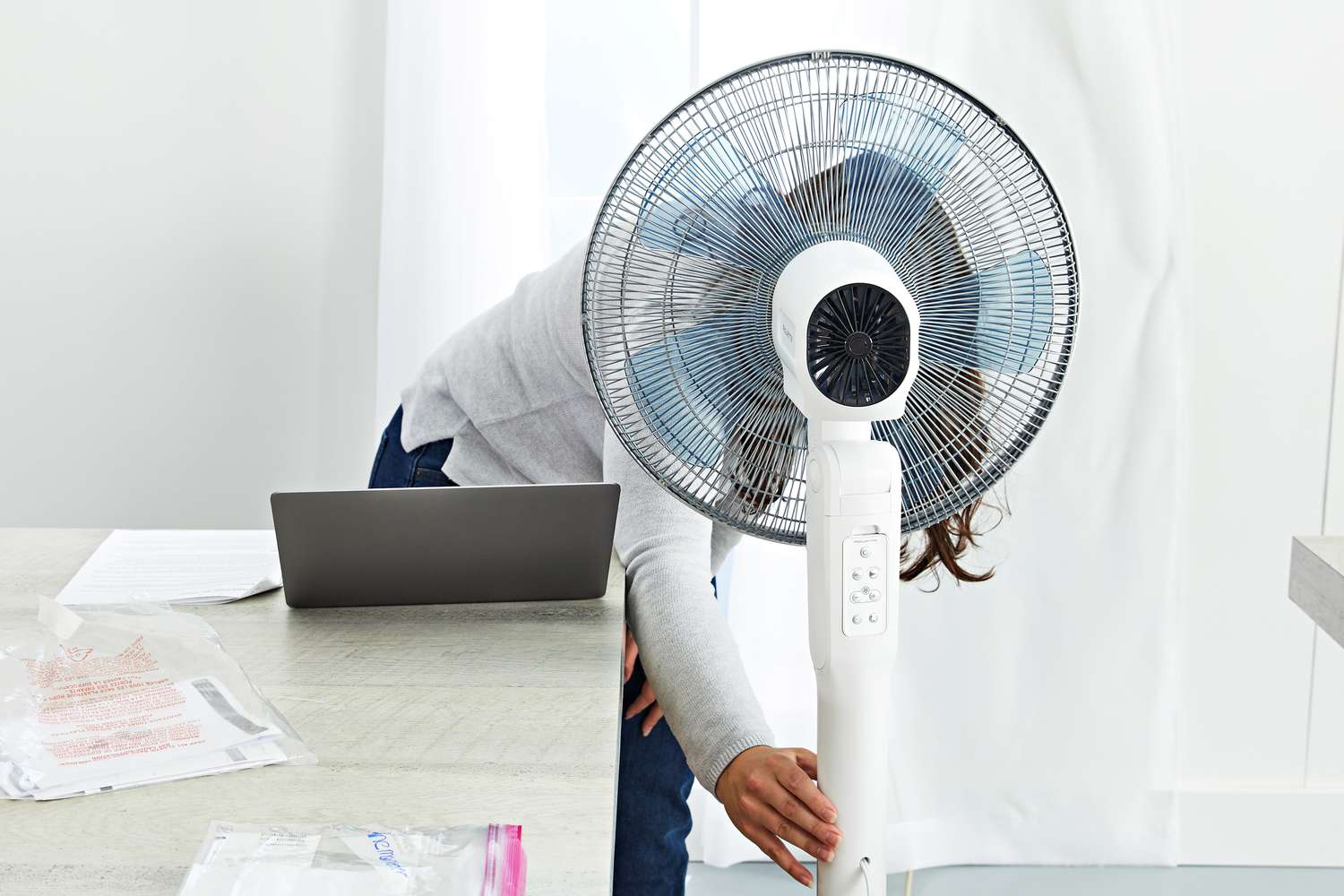
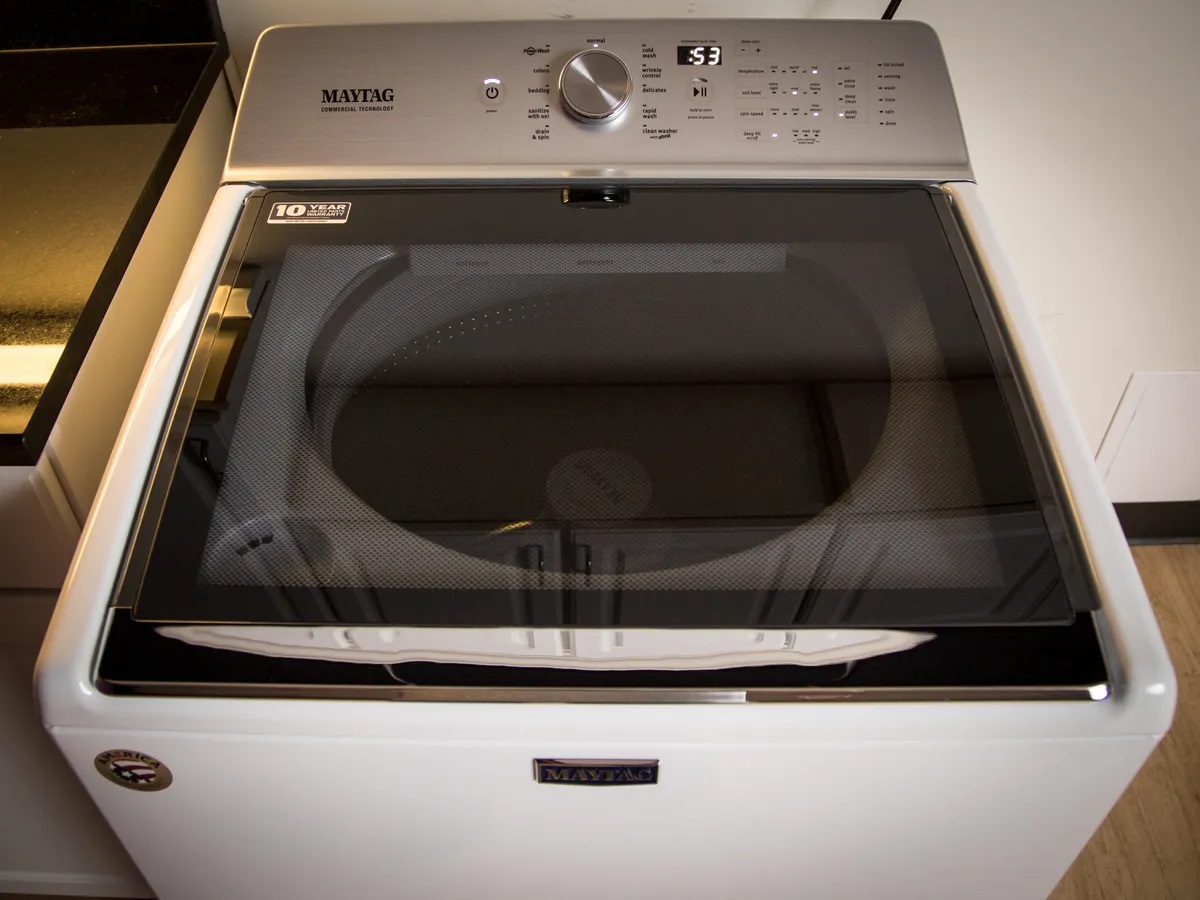

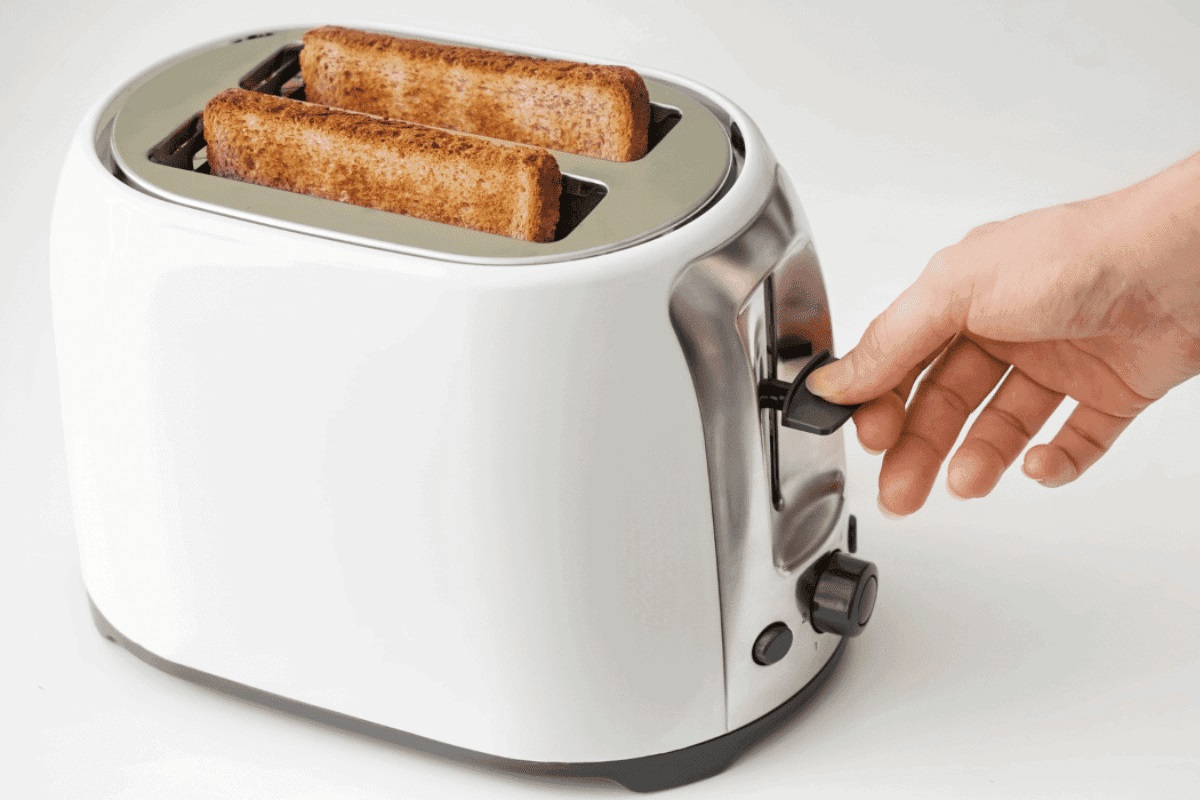
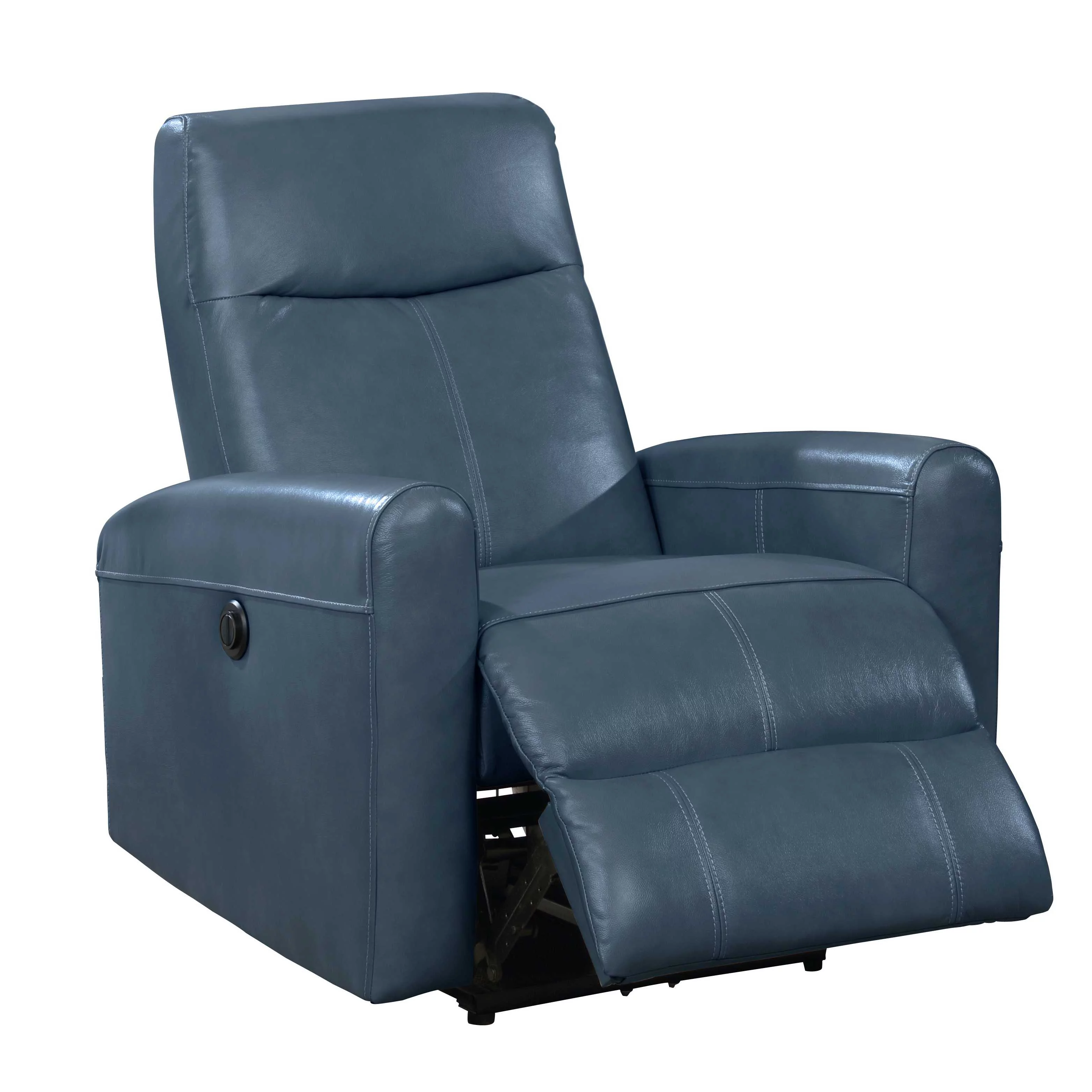
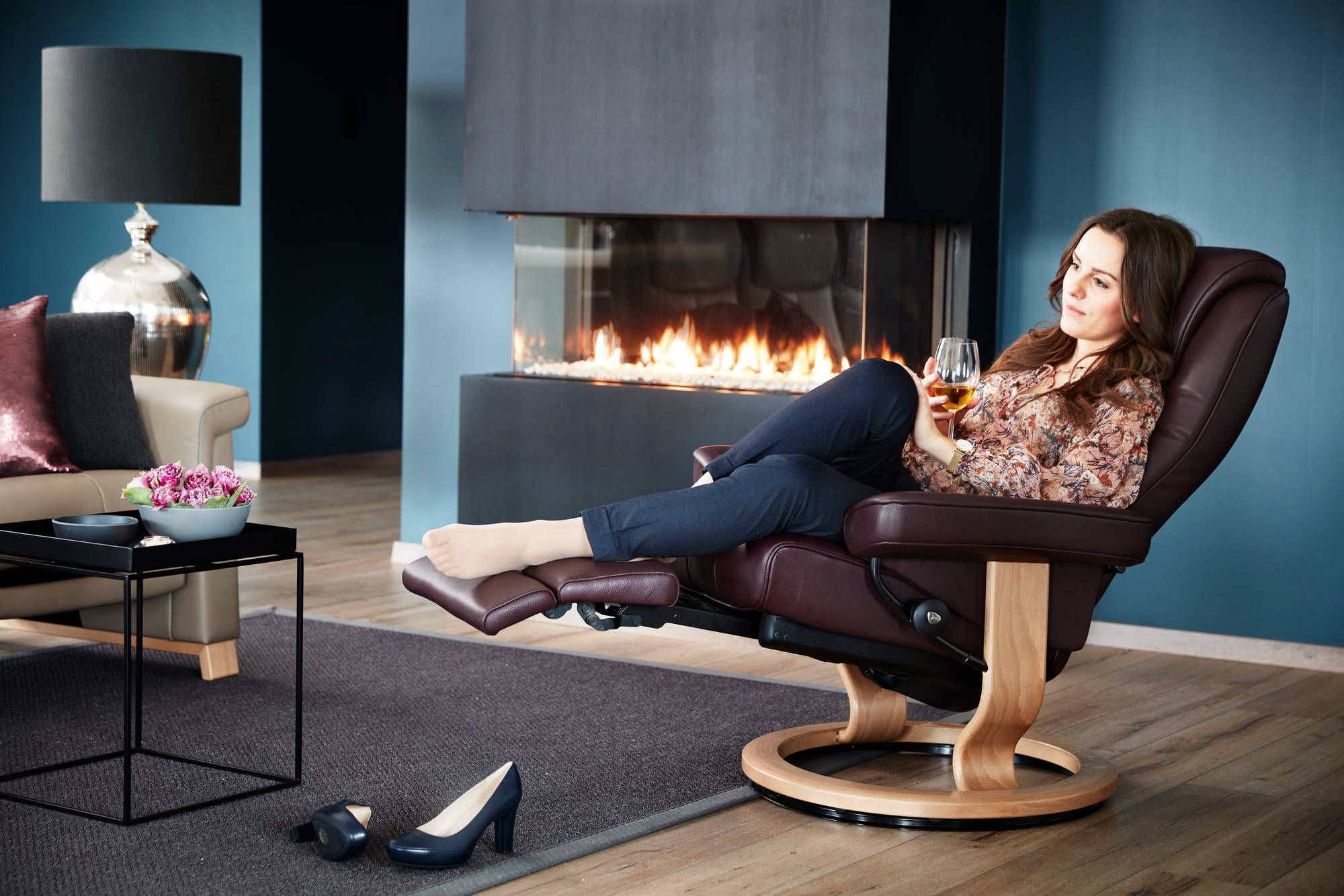
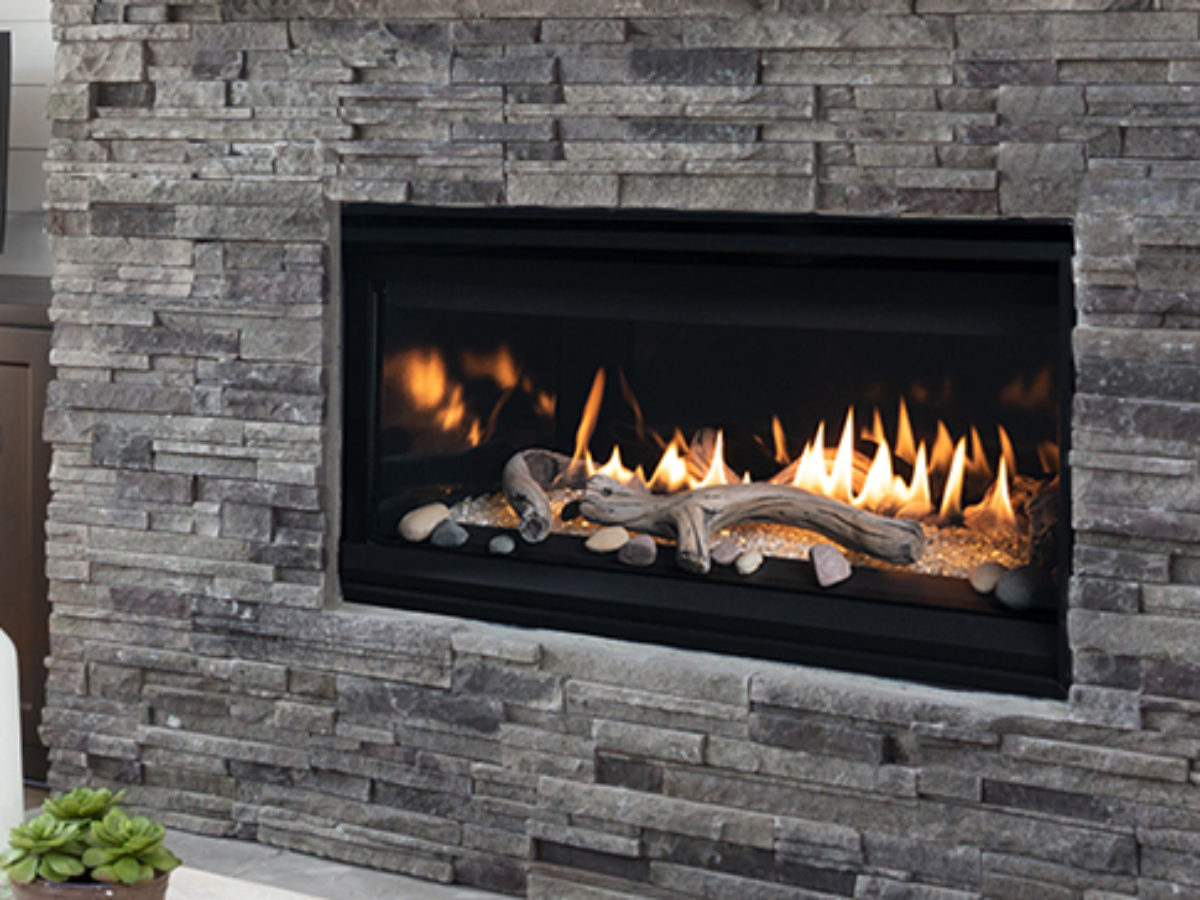
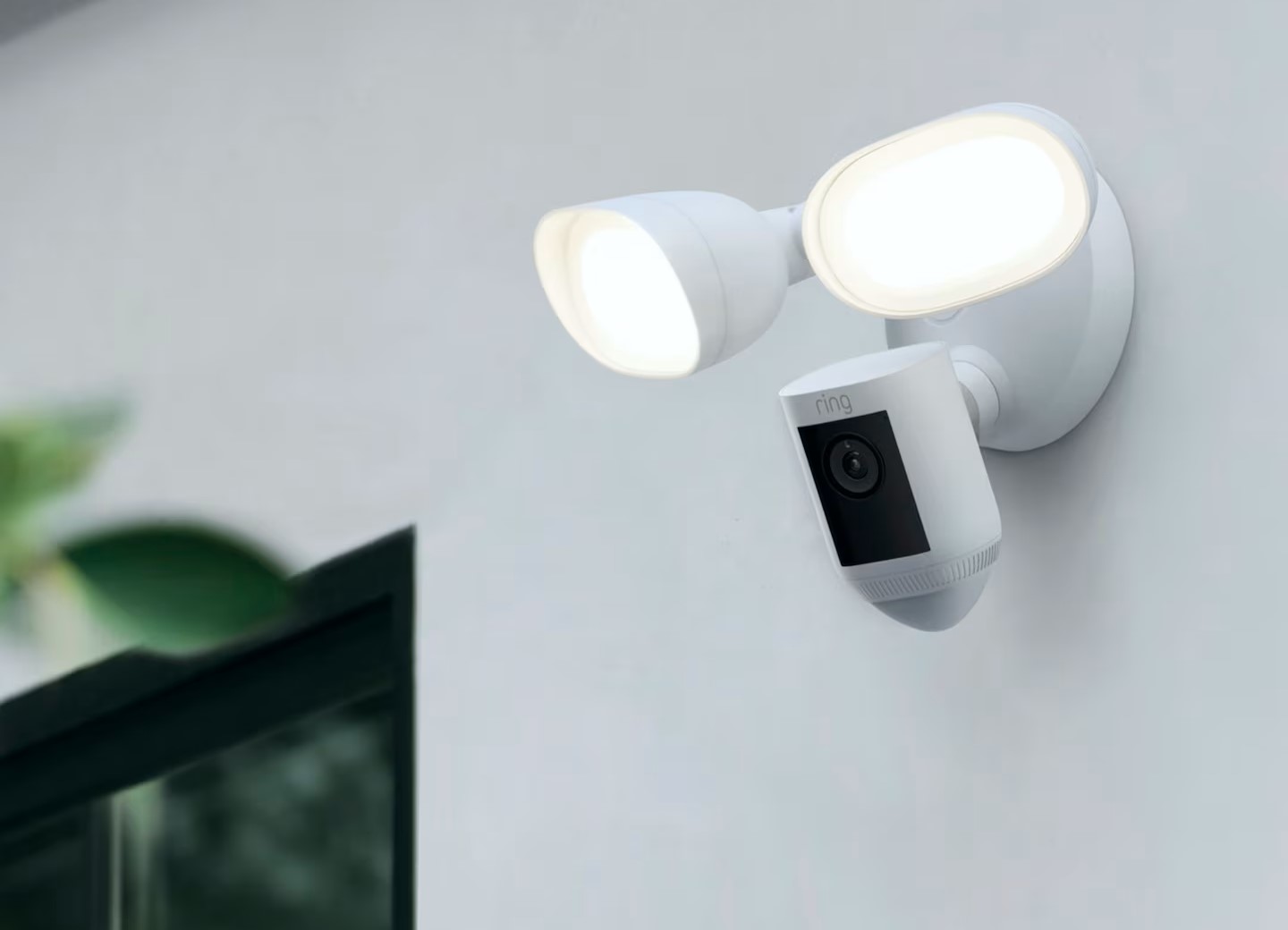
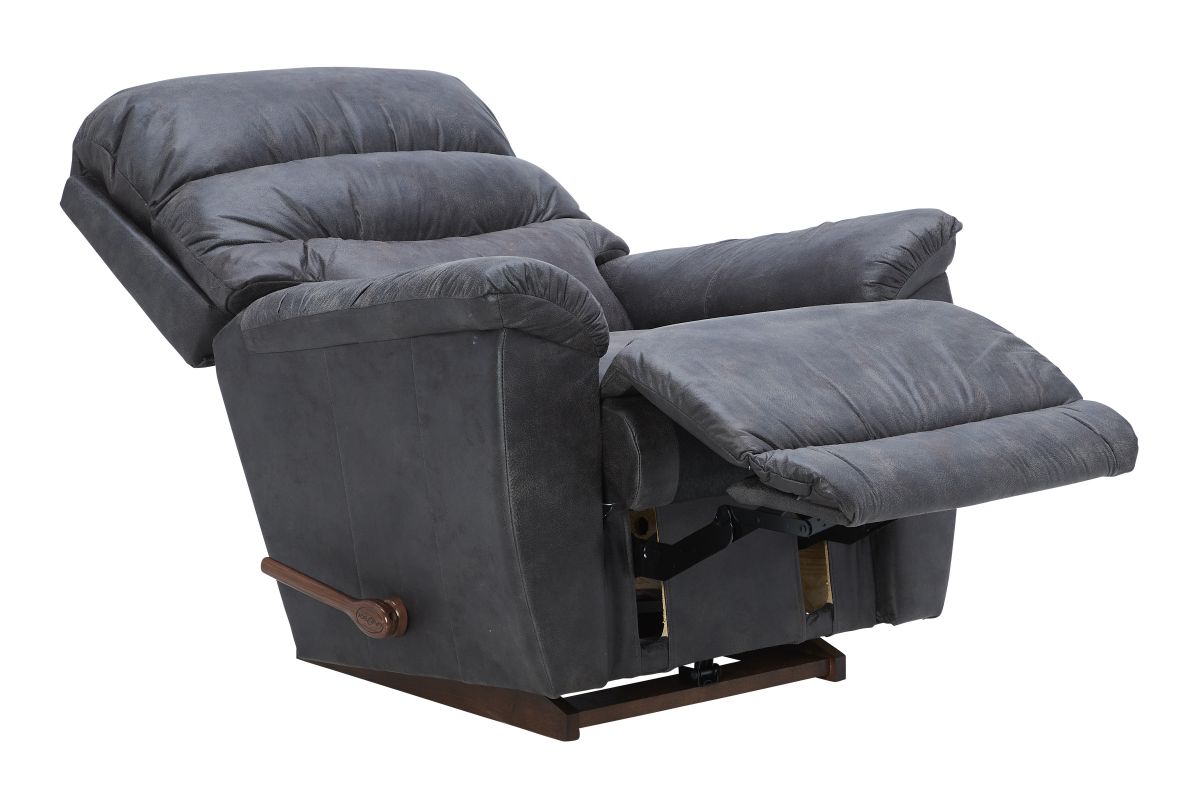
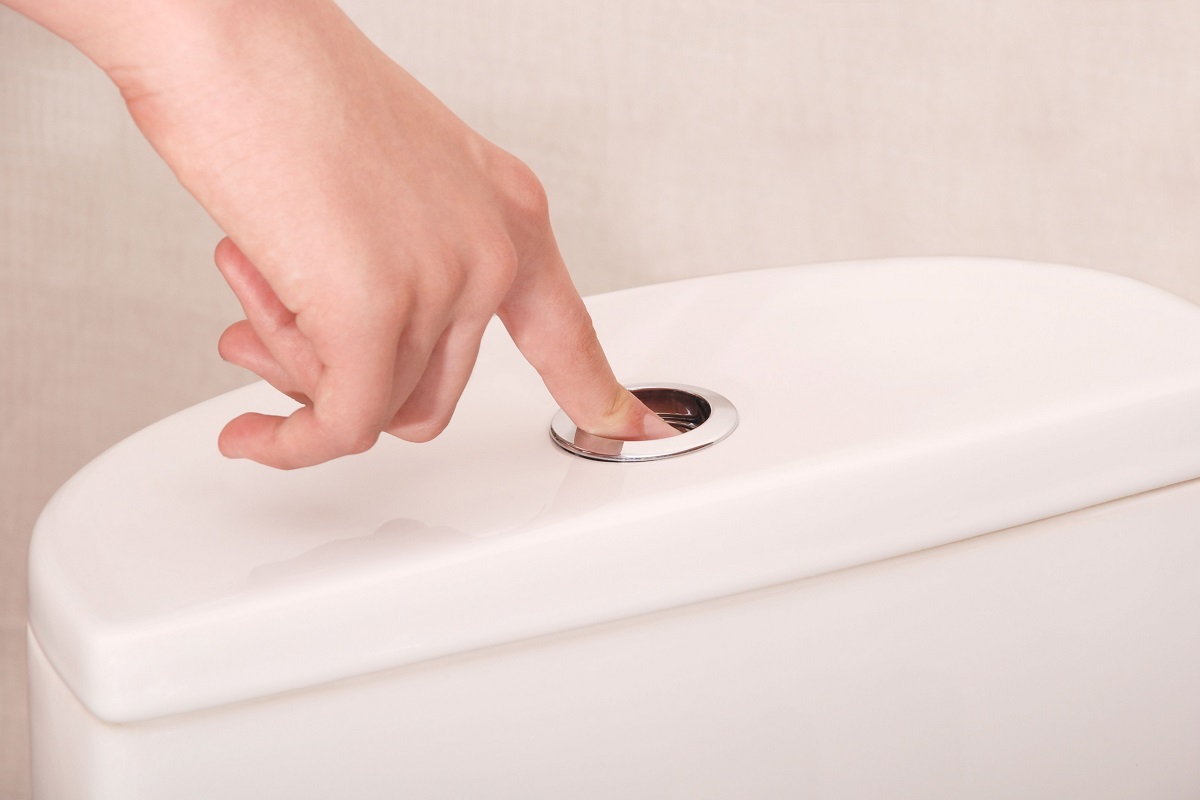
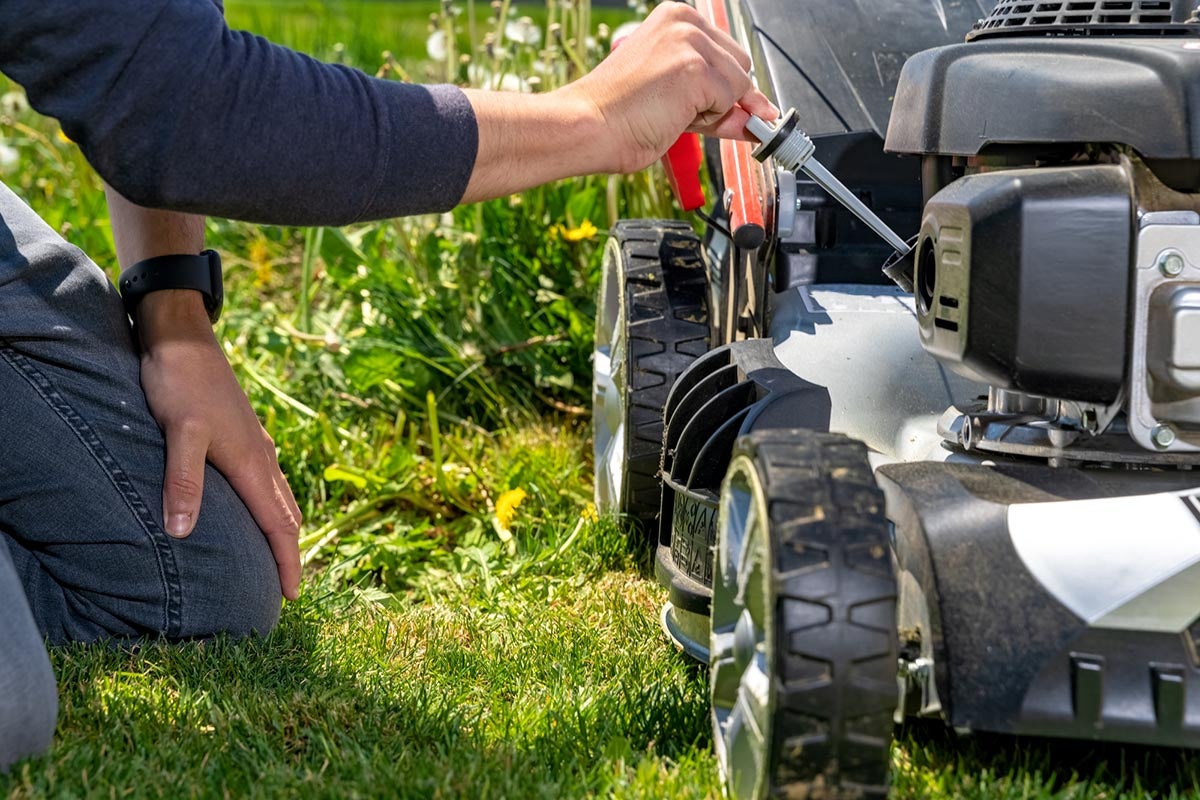
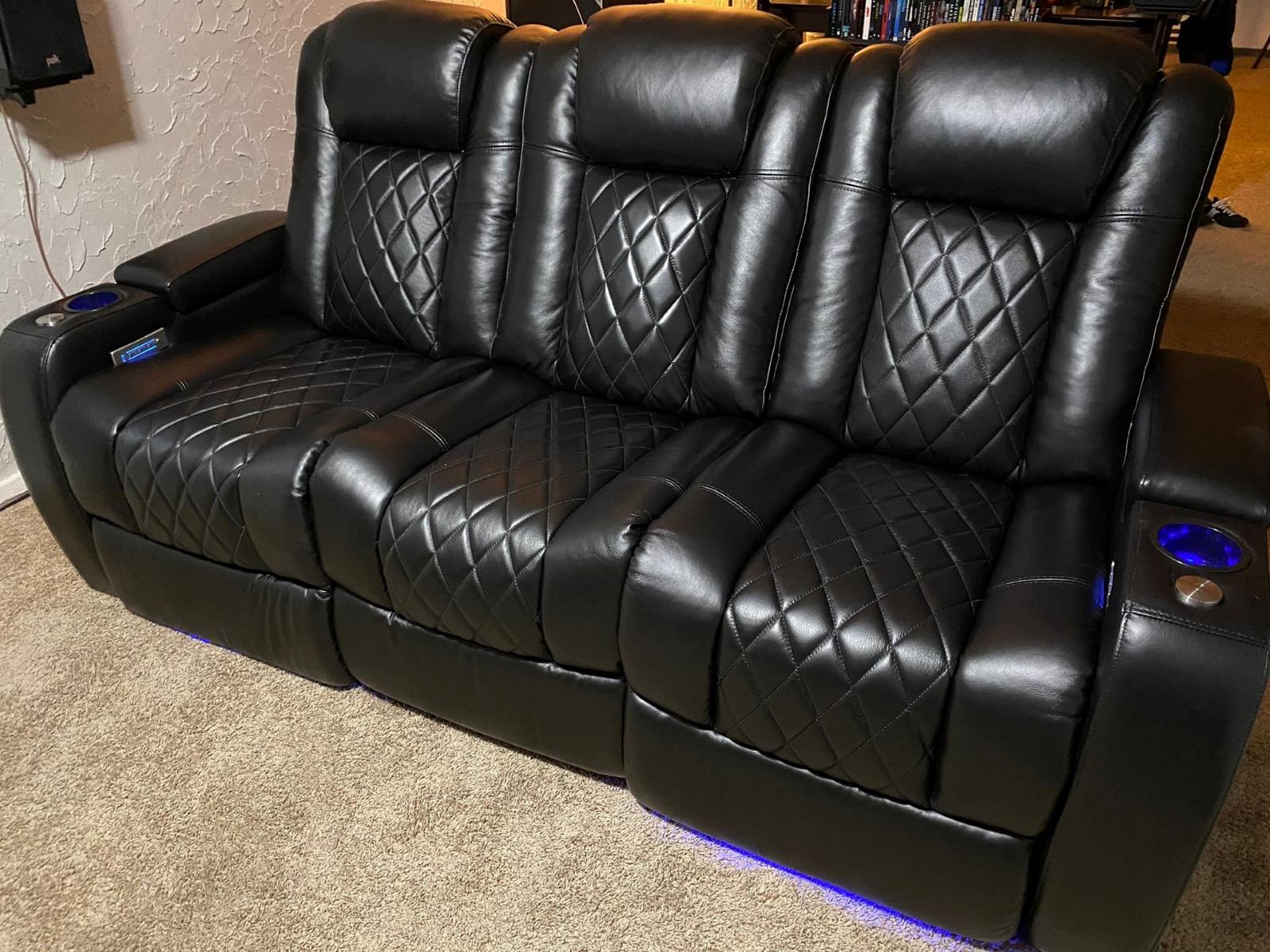

0 thoughts on “Why Won’t My Recliner Stay Reclined”